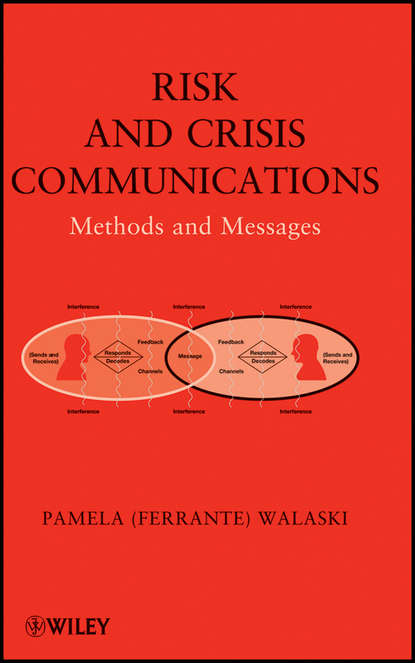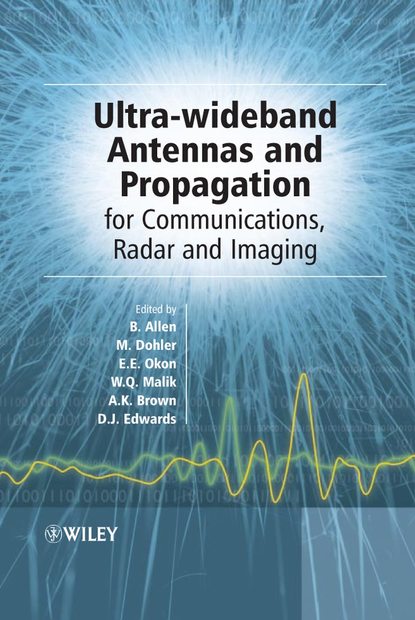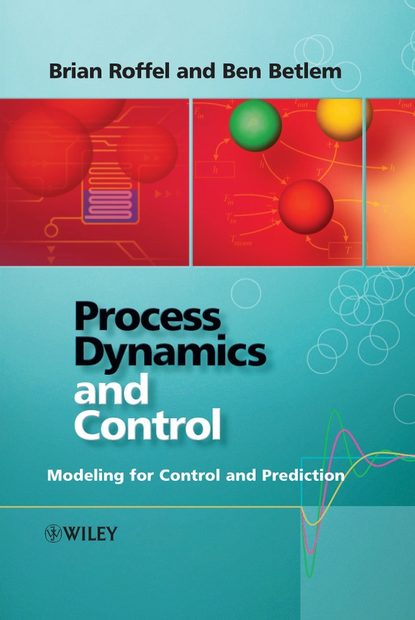Книга "Polarimetric Scattering and SAR Information Retrieval" является важным источником информации о синтетической апертурной радарной (SAR) технологии, основанной на поляризационном рассеянии. В книге описываются основы теории рассеяния и радиативного переноса, используемые при анализе SAR-изображений. Книга структурирована таким образом, чтобы начальные главы покрывали основы темы, а более поздние главы содержали более сложные и продвинутые темы, которые важны для исследователей. В книге описываются квантитативные подходы к дистанционному зондированию, такие как анализ матрицы Мюллера случайных сред, симуляция изображений SAR для моно- и бистатических радаров, классификация поверхности без учителя, инверсия цифровой модели рельефа, обнаружение изменений на многовременных изображениях SAR, реконструкция зданий на основе многопозиционных изображений SAR и поляризационные импульсные эхо от многослойных рассеивающих сред. В конце книги описывается интерферометрия SAR, являющаяся важной темой в области дистанционного зондирования. Книга предназначена для студентов магистратуры в области электротехники, физики, земле- и космических наук, а также для исследователей. Книга содержит математические выводы и иллюстрации, которые легко понимаются читателями. Кроме того, в книге представлены MATLAB-коды для выполнения собственных расчетов. Эта книга является ценным источником информации для научных сотрудников, инженеров и разработчиков, работ
This book takes an innovative approach to Synthetic Aperture Radar(SAR) and provides access to this new field to the non-knowledgeable reader through innovative data retrieval. Based on scattering theory , and radiative theory, the book provides a thorough, practical introduction to SAR information and categorizes different methodologies within the field.It offers knowledge on how to correctly interpret SAR imagery in general. Developing from different theories, the authors move through different techniques ranging from detailed simulations to experimenting with complex problems. They cover such topics as unsupervised classification of terrain surfaces, quantitative analyses using Mueller matrices, scattering pulse echo models,DEM inversion,etc. And many crucial concepts are included closely tailored for graduate students specializing in Electrical Engineering, Physics, Earth and Space Sciences, Researchers and other technical professionals involved with basic scientific research.
The book is practical in nature, structured to facilitate intensive learning, with MATLAB code as extra value for self stimulus.Overall, this book would be invaluable for anyone interested in the field ofSAR image processing.
Электронная Книга «Polarimetric Scattering and SAR Information Retrieval» написана автором Xu Feng в году.
Минимальный возраст читателя: 0
Язык: Английский
ISBN: 9781118188156
Описание книги от Xu Feng
Taking an innovative look at Synthetic Aperture Radar (SAR), this practical reference fully covers new developments in SAR and its various methodologies and enables readers to interpret SAR imagery An essential reference on polarimetric Synthetic Aperture Radar (SAR), this book uses scattering theory and radiative transfer theory as a basis for its treatment of topics. It is organized to include theoretical scattering models and SAR data analysis techniques, and presents cutting-edge research on theoretical modelling of terrain surface. The book includes quantitative approaches for remote sensing, such as the analysis of the Mueller matrix solution of random media, mono-static and bistatic SAR image simulation. It also covers new parameters for unsupervised surface classification, DEM inversion, change detection from multi-temporal SAR images, reconstruction of building objects from multi-aspect SAR images, and polarimetric pulse echoes from multi-layering scatter media. Structured to encourage methodical learning, earlier chapters cover core material, whilst later sections involve more advanced new topics which are important for researchers. The final chapter completes the book as a reference by covering SAR interferometry, a core topic in the remote sensing community. Features theoretical scattering models and SAR data analysis techniques Explains the simulation of SAR images for mono- and bi-static radars, covering both qualitative and quantitative information retrieval Chapter topics include: theoretical scattering models; SAR data analysis and processing techniques; and theoretical quantitative simulation reconstruction and inversion techniques Structured to enable both academic learning and independent study, laying down the foundations first of all before advancing to more complex topics Experienced author team presents mathematical derivations and figures so that they are easy for readers to understand Pitched at graduate-level students in electrical engineering, physics, earth and space sciences, as well as researchers MATLAB code available for readers to run their own routines An invaluable reference for research scientists, engineers and scientists working on polarimetric SAR hardware and software, Application developers of SAR and polarimetric SAR, remote sensing specialists working with SAR data – using ESA.



















